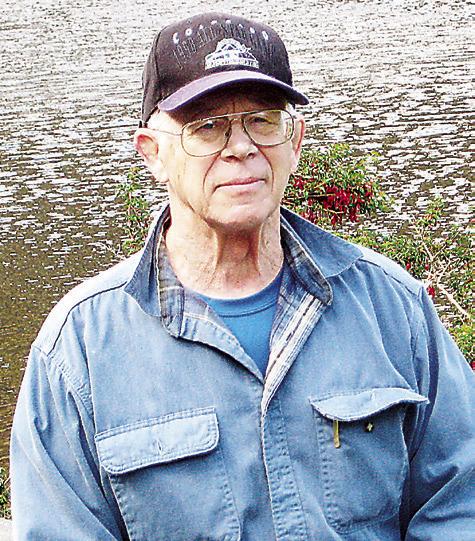Last week, the Olympic Trials took place for several sports in preparation for the big event in Paris at the end of the month. As a sports fan, I enjoyed watching the athletes compete for the three coveted spots on the U.S. Olympic Team. It is a great honor to be an athlete competing in the Olympics, and only a handful of athletes are selected. The fact that the Trials take place at least three weeks before the Olympics means that the selected athletes have to maintain their peak performance levels from the time they make the team until they perform in Paris.
Training for an event, whether it be a district, regional, state, or national championship, should be a program designed to get the athlete to reach their peak performance level during the week of the competition. Reaching their peak performance level in the first competition of the season often results in the athlete being “burned out” and not being able to compete at the same level as they did in the first competition when the championship is decided at the end of the season. Athletes start the season with a program designed to improve their times and level of competition each week as the season progresses. It is difficult to maintain this peak performance level for an extended period of time. That is why it is important to build in rest periods to allow the muscles and body to recover after the hard training periods to reach peak performance. The rest periods should be designed to allow the body to recover, but not so long that they can reach their peak level of exertion. This is the problem that Olympic team athletes face. Marathon runners have qualified several weeks ago, and to maintain that level heading into the Olympics, they must have a specialized training program in place between qualification and the actual Olympic marathon, which is often one of the final competitions in the Olympics. Reaching that peak performance level on event day requires serious planning between the team qualification and event day.
It was interesting to see some events where some athletes qualified for the Olympics for a second time while others missed out on the national team again. A few really good athletes performed so well that there was no doubt about who was the best athlete in that event and won. When the times of the runners in the heats required to advance to the finals of the event were listed, the times for each race were shown to be very close. And when the times for the finals were listed, the difference between the top five athletes was often measured in hundredths of a second. Imagine how short a hundredth of a second is. And imagine that the athlete who placed fourth at that point missed out on the Olympic team. It's the difference between winning and losing in the blink of an eye. That's usually the situation when top athletes compete against each other. The purpose of the athletes competing is to perform at their best in one last race.
When you watch a 5K or 10K race on the track, there are often only a few runners in the lead pack. The aspiration to come in first is the goal, but even coming in third at trials still gets you selected for the team. At the Olympics, you can win a silver or bronze medal, but it's not quite the same level as coming in first for a gold medal. Being satisfied with coming in third and being selected for the team is not the same as winning a gold medal at the actual Olympics.
When I watch top athletes perform, I am simply amazed at the level they can achieve. It was incredible to see gymnast Biles' head reach 12 feet above the ground. Her head was 2 feet above the basketball hoop. I did gymnastics in college, and a double backflip on a trampoline was an amazing feat at the time. Now gymnasts do double somersaults from the floor with a twist in the stunt. It's interesting to see the change in equipment from when I was performing to today. The idea of doing a giant swing on a horizontal bar with one hand, I never thought it was possible. It's almost unimaginable to see the stunts gymnasts perform today. And sometimes I see long distance runners doing it so easily and realize that the pace they are running is close to the 4 minute mile barrier that seemed impossible a few decades ago. Back then, Roger Bannister broke that barrier. For me, it's worth watching.

